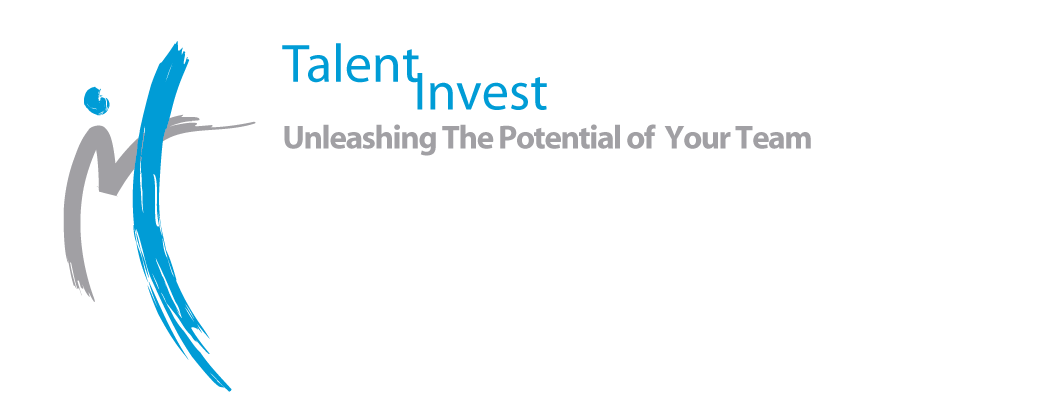DELIVERING ON EMPLOYEE ENGAGEMENT GOALS THROUGH REIMAGINING JOB DESIGN
Written by Dr. Meena Thuraisingham, Director and Principal, Talentinvest, 2020
For some years now the Gallup poll has suggested that only about 65% of the workforce report themselves to be disengaged and do not find their jobs satisfying or fulfilling. The costs of disengagement evident even before the Covid-19 Pandemic, is not just in relation to declining productivity but in a company’s ability to adapt. On average about 70% of companies that employ 1000 plus people report that new ideas are treated with scepticism or hostility. Employees increasingly report lower levels of task discretion. In a recent survey in the UK 70% of employees reported that originality is not critical to their jobs.
The capacity for innovation was clearly evident at the pandemic’s onset in how quickly companies adapted to the forced experiment in remote working at scale. Adaptation is the hallmark of the human species. Job holders are more than capable of finding new ways to design more satisfying and engaging jobs, if organisations empowered them to do so.
The top down headcount obsessed approach to restructuring advocated by some strategy firms has not helped. Nor has the ‘target operating model’ mantra that has dictated the end as well as the means to the end, leaving in its place a ‘discretion-free’ structure that disempowers and disengages. It provides little ‘headroom’ or ‘elbow room’ to innovate. This runs counter to what we say as leaders we want. In a recent Boston Consulting Group poll of leaders, 79% rated innovation as their top priority.
Our obsession with control, consistency and coordination plays out in authoritarian power structures, stifling rules and unproductive turf wars. Job holders become recipients of tightly prescribed role descriptions, decision rights and KPIs on the assumption that it will deliver greater levels of productivity and efficiency for the company. In reality it does the reverse, it creates inflexibility, mediocrity and disengagement. We can have all of this without trading away control and consistency, if job holders themselves are actively involved in job design efforts.
Some companies have abdicated innovation to ‘outposts’ such as innovation hubs and incubators but these have not delivered scalable returns. Real innovation comes from building ground-up deeply embedded capacity to unlock the creativity of the job holder. Low engagement levels are unlikely to change any time soon unless a more holistic approach to job design is undertaken to bring greater purpose and meaning into jobs. It is not an easy path and the solutions are more cultural than structural.
A safe place
Create a psychologically safe environment where employees are permitted to and encouraged to experiment with how the task might be delivered. This requires trust. If there is none, it has to be built first. Assumptions managers make that involving the job holder will only result in the job holder trying to shirk responsibility or assumptions that job holders make that managers want them to do more with less. Such assumptions do not offer a sound basis on which efforts to reimagine job design can be sustained.
Empower the job holder
Acknowledge that the job holder has deeper insight about a given job and its context than others further up the line. Treat them as more than passive recipients of role descriptions and KPIs. Create ‘protected’ time. Just as some companies already protect time for employee training and development, protect time for designing and adapting how the job is done, including time working with other areas to solve for end to end blockages. Encourage local experiments and be willing to accept that some experiments may not succeed but will generate important learning that can be built on. Create a clear set of design principles to guide efforts so they don't have to be closely supervised.
Line manager as enabler
Rather than line managers as enforcers of accountability, they take on the role as enablers of outcomes. They see their roles as being less about control and more about enablement - removing barriers to performance. This allows them to refocus their efforts on resource planning and building team capacity. The skilled and evolved line manager does this intuitively. They ask what are the strengths I need to deliver and how are they best leveraged. What impediments are in the way of developing the capacity needed to learn, adapt and innovate in this team. They openly share and trade insights on resource planning and capacity building efforts with their peers, consolidating what is working and adapting what is not.
In summary,
There is a strong causal relationship between employee engagement and job design. However, involving job holders in designing more fulfilling and satisfying jobs requires the company to look beyond the task. They need to consider the context in which the tasks are undertaken. Careful examination of how beliefs, assumptions and norms shape how the work to be done is determined and done is essential. It requires challenging tired prescriptions on structure, goal setting, resource allocation and accountability. Rethinking job design without a foundation of trust, ownership and (decision making) autonomy will achieve little. The key question to ask is if people performing the task have the opportunity to grow their capabilities and step up to identifying and solving novel problems. It treats every individual and every role as indispensable to the collective success of the company.
Dr. Meena Thuraisingham spent a significant part of her earlier career consulting in job analysis/design for global companies. She now runs a successful culture change practice and has authored several books including on career derailment risks. She holds a PhD in the role of power and social identity on the decision behaviour of top teams.
